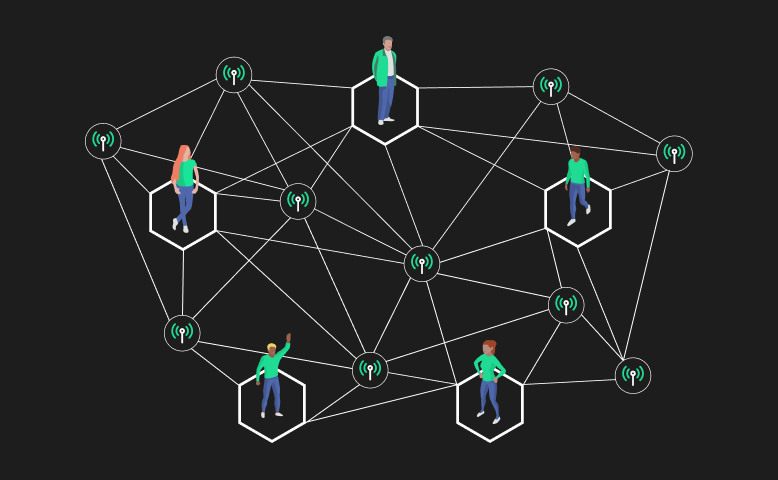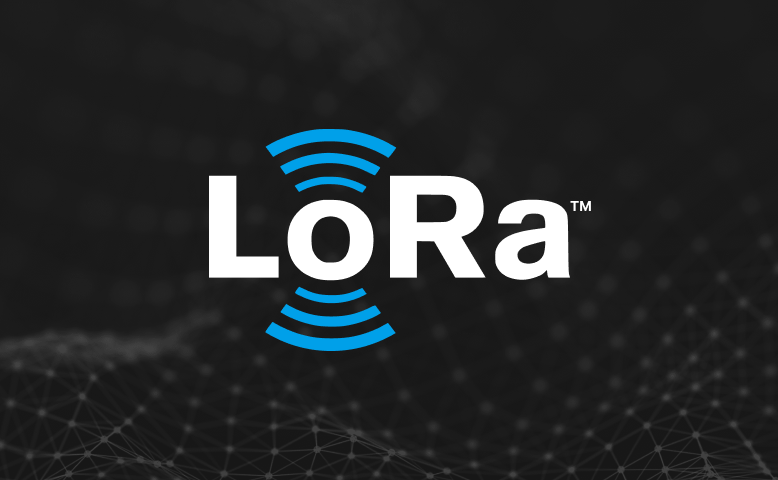
A DAO, or decentralized autonomous organization, is a body that operates on a blockchain with no form of central leadership. The organization operates autonomously and independently through the use of smart contracts that facilitate ground rules and execute community-made decisions.
Helium’s HIP 51 proposal laid the groundwork for a new network structure that will bring about the introduction of the Helium DAO and SubDAOs. To better understand this proposal and how it benefits users of the Helium blockchain, we’ll cover the following in this article:
- What is a DAO?
- How does a subDAO operate?
- Understanding HIP 51
- The benefits of subDAOs
- Helium Network subDAOs
What is a DAO?
As previously mentioned, a DAO is a decentralized organization – which means that the organization is maintained and collectively owned by its members rather than a central body.
A DAO is created using smart contracts – collections of code that execute when a certain condition has been met. Smart contracts provide the structure for which the DAO is to operate.
Under the DAO infrastructure, members are allowed to create proposals about how the system should operate, and all users come together to vote on each proposal. If a proposal reaches the required level of consensus, it is accepted and implemented by a smart contract.
HIP 51: The Helium DAO
The way the Helium network is currently structured makes it impossible for the network to expand its horizons beyond IoT and provide connectivity across other categories of telecom such as cellular and WiFi.
On August 1, 2022, Phase 2 of HIP 51 will be implemented and The People’s Network will become the Helium DAO: a “network of networks” divided into subDAOs that host separate wireless network protocols including the existing IoT network and the highly-anticipated 5G network.
The primary objective of HIP 51 is the creation of the Helium DAO. This decentralized organization will oversee and maintain some common rules that will be applicable across all subDAOs, and each subDAO will also have its own governance mechanism.
The HIP 51 proposal outlines the economic and technical constructions that are necessary in scaling the Helium network to support onboarding of users, devices and new decentralized network protocols (DNPs). The implementation of this new model will facilitate the conversion of each decentralized network protocol on the network to an independent network oracle (also known as a subDAO).
Examples of additional decentralized network protocols that could be added to the Helium network in the future include 5G, WiFi6, CDN, and VPN.
HIP51 aims to address blockchain scalability and subnetwork incentive alignment by providing a general structure for each decentralized network protocol (DNP) existing on the Helium network to have its own decentralized network token (DNT) and subDAO.
Under this new network structure, the Helium DAO will oversee affairs like global governance and communications. This means that the economic model of each subDAO will still be backed by HNT despite having their own respective decentralized network tokens.
These changes are being made in the hopes of replicating the success of the IoT network across numerous other telecom networks such as 5G and WiFi.
HIP 51 defines the details of the Helium DAO lays the groundwork for Helium subDAOs to be created. HIPs 52 and 53 formally introduce Helium’s first two subDAOs; the IoT network and the 5G cellular network.
Why are the Helium subDAOs important?
The network’s architecture change aims to deliver numerous benefits like increased efficiency, increased resiliency, and more network partnerships.
The Helium network currently exists on a monolithic blockchain (a form of blockchain that conducts all its activities from a single system), making blockchain scalability a challenge. The introduction of a modular blockchain structure will restructure the Helium network into a decentralized platform that can integrate any type of telecom network without hassle. With the new modular blockchain structure, the PoC and data transfer mechanism, as well as some other specific items, will be transferred to the subDAOs. Each DNP will have oracles who maintain the software that calculate subDAO-specific items (e.g PoC and data transfer rewards) and distribute decentralized network tokens to DNP stakeholders.
This model addresses the subnetwork incentive alignment by moving the governance mechanism to each DNP. Each subDAO can issue their own token to their stakeholders.
How will the Helium subDAOs operate?
This new model gives each subDAO the autonomy to self-manage and make decisions without any outside influence.
Each subDAO will have its own Decentralized Network Token (e.g $MOBILE and $IOT) that will be used to carry out necessary transactions. This is necessary because each network protocol has its own specific technology, and this warrants the introduction of specific rules to ensure a fair system. Each DNT will act as the core economic and governance unit of its respective subDAO, giving it full control over its own PoC rules, data transfer pricing, token issuance parameters, and miner rewards.
HIP 51 proposes that PoC rewards be allocated between decentralized network protocols by considering the number of data credits burned from data transfer activity, active devices on each subnetwork, and the amount of HNT stacked towards a Helium SubDAO. Each subDAO is assigned a Protocol Score using an equation that considers each of these factors.
The value of each DNT will be based on its HNT treasury reserve. HNT is distributed among the subDAOs every epoch based on Protocol Scores. The value of this score will determine the amount of HNT deposited into any given subDAO treasury reserve.
Helium DAO Governance Mechanism
HIP 51 establishes the Helium DAO as a network that consists of multiple smaller subnetworks. Although each subnetwork has full control over its own governance, there is still a need to establish rules that will help govern the entirety of the network.
The new governance mechanism created by HIP 51 will ensure that core proposals related to the Helium network as a whole will be evaluated using a weighted governance system with veHNT (vote-escrowed HNT) at its center. The quantity of veHNT allocated to network participants is determined by the amount of HNT they have locked up, as well as the locking duration. This ensures that users are committed to the future of whatever they are voting for.
Summary
With the introduction of the Helium DAO, many possibilities have opened up for the Helium blockchain, and this will definitely benefit the users in lots of ways. Even though the implementation is still in its early stages at the time of this writing, there is significant potential for this new initiative will positively impact the system. In this article we discussed:
- DAOs and how they operate
- The Helium DAO and subDAOs, as well as their benefits to the blockchain
- How the proposed model will function
Joining the Helium network is easy, but Emrit makes it even easier. Here at Emrit, we help you avoid common mistakes made by most newbies by holding your hand every step of the way. We create an environment that matches your drive to learn more and more. Our beginner-friendly resources make it easy for people to join without basic knowledge of the blockchain technology or how it works.
Join us today so as to be part of a movement of thousands of users leading the way towards building an efficient network that is clean, cheap and convenient.



